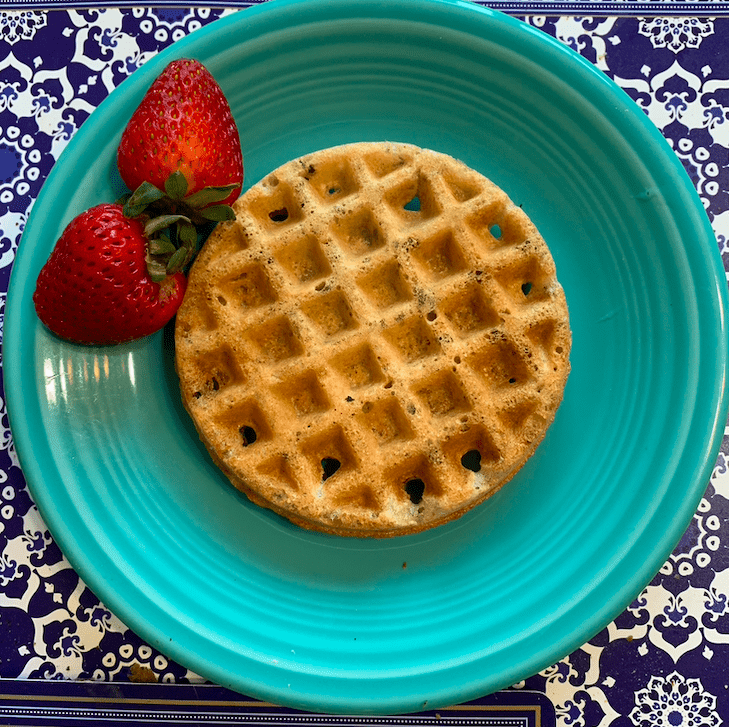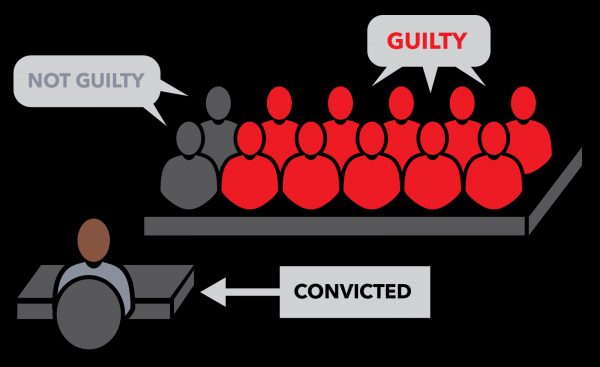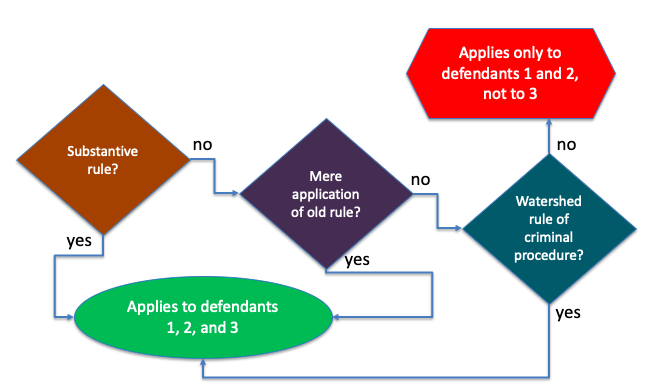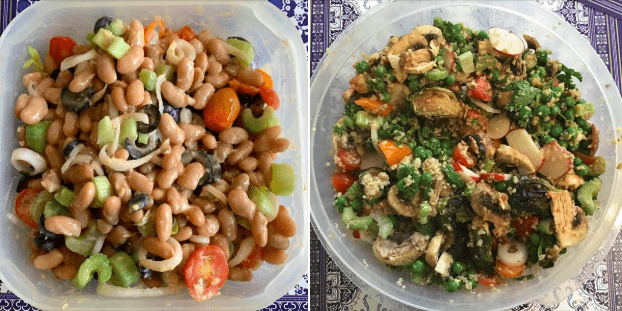1
John
It was only after he was halfway to the restaurant that John realized he had forgotten his mask. The string he tied around his middle finger to remind him was still tightly looped around the finger, untethered from the memory it was supposed to pull. The deliveries themselves would be fine; John wore a helmet and could wear it on his deliveries with the face shield down. What the clients would think, and then tweet about, tagging his boss, was a different story.
Not that John had developed fervent loyalty to FoodFairy in the two weeks since he had joined their august ranks; It wouldn’t have been his first choice of a career under any other circumstances. But after a couple of weeks at home, no prospects for the near or far future, and a growing stream of worrisome stories on the Chronicle of Higher Education, he could not sit on his hands hoping for some miracle to happen. The college was closed; his course wrapped up in the previous quarter; and none of his students, who were not exactly living in the lap of luxury, could be expected to angrily march across campus, surrounding the empty administration building (the Dean sent him the proverbial pink slip from the comfort of his St. Francis Wood mansion) demanding that his adjunct contract be renewed.
Ceci FaceTimed him to figure out what to do. They quietly and quickly went through a list of his skills. The problem was that everything he knew how to do—tutor people for their SATs, house-sit people’s pets, to mention just two–was not in particular demand because of quarantine. It was actually Fabian who came up with the delivery idea. “You ride every day anyway and you like it,” he said, “and this way you get to hang out outside, instead of getting bored at home.” The inflection on the last three words was perhaps a bit pointed, probably at Ceci; John regretted that they were not all together at this time, then remembered that his new job required special precautions and was grateful not to put them at risk. He and Ceci were much better friends than spouses, anyway, and Fabian was old enough that he didn’t need his hand held through the crisis. He was a much cooler boy than John had been at his age, and remarkably well adjusted; he could surf, skate, and play guitar, and even though he had lots of friends, they hadn’t turned him mean or cynical. Yet.
Given the alarmingly rising unemployment rate, and John’s apprehension about “being a good fit,” whatever that meant, he was surprised to have nailed the FoodFairy gig right away. The folks he worked with were a nice bunch, though he hardly saw them; most of his day was spent moving around the empty city, ambulating through quiet streets and boarded stores, entering the belly of a different beast every time to retrieve food, and heading off to deliver it to invisible, anxious customers.
The app—proprietary! Disruptive! Innovative! Designed to take the food delivery business to the next level!—was almost unnecessary for him, as he knew the city quite well. He lived in Mission Terrace, which looked just like the Mission in its pre-gentrification time. John considered himself a gentle, kind gentrifier, and quelled the social critic in his belly. After the divorce, which happened when Fabian was little and John was fairly gainfully employed, he managed to outmaneuver the young, shiny South Bay tech workers and land a small rent-protected house, paying a recession-set monthly rent that his adjunct salary from three different places barely covered. The neighbors were lovely; a million small businesses, including his favorite Salvadorean resturant, lined Mission Street within two blocks of his home. Best of all, within a comfortable trip on Ocean Avenue, over near Ocean Beach, lived Ceci and Fabian; Fabian, who was now thirteen, sometimes rode his skateboard between his parents’ homes.
The restaurants were still sprinkled throughout the city, though many closed their brick-and-mortar facades and operated from back kitchens. The food was the same; menus had shrunk, but people were ordering in a frenzy, and favorites were a comfort. Lots of pizza, lots of dumplings, lots of fries—the smells enveloped him even though the food was safely nestled behind his back—and lots of Indian curries. When he was off his shift, John would read articles about people rediscovering cooking and baking and making staples from scratch, but given how busy his day was, he couldn’t fathom who was doing it. What really stunned him was the newly discovered penchant for delivered homemade cocktails; John detested those deliveries, feeling like the princess and the pea as he drove gingerly up and down hilly Dolores street hoping not to spill any of the precious ingredients, separately packed for the customers to mix at home for an added sense of agency. He chuckled about it now, as he opened his throttle, ascended Monterey, and appreciated the glorious day and the strange times that placed him outdoors for much of his workday.
John parked the scooter and backed it neatly into the curb in front of Dumpling King. Keeping his helmet on, so as not to alarm the staff, he walked in. Millie, the owner’s daughter, raised her eyes toward him; he could not discern a smile under her mask. He said, “How ya doin?”
“Crazy today,” Millie said. “But these two, every day at noon, like clockwork. Are you here for the same ones?”
“Yeah,” said John. “The two regulars, the one for Persia and the one for Baden.”
Millie picked up two plastic bags emblazoned with Thank You Thank You Thank You in glaring red letters. She quickly checked them both (to make sure there was soy sauce and vinegar, John assumed) and handed them to him. She lifted the one in her left hand a bit. “This is the one for Persia: the two orders of bao, Mongolian beef, dried green beans with mock chicken, rice. The egg rolls and chow mein are for Baden.”
“How do these people not get sick of eating the exact same thing every single day?” asked John.
“Beats me,” said Millie. “But they are keeping us in business. We’re down to just the family cooking now. As far as I’m concerned, they can go on ordering the same dishes for the rest of their days.”
John nodded, smiled—she probably couldn’t see his smile through the chin guard—and carried the food outside. He opened the Velcro attachment to the cooler and placed both bags, side by side, in it. The bigger lunch rush wasn’t happening yet, or maybe the boss did a less equitable division of labor. Tip-wise, it didn’t matter, he remembered as he slid the key into the ignition; the boss decided early on that, as long as this was going on, they would share in the tips. The app—miraculous! Customizable! Considerate!—did the calculus automatically before they got paid. This was advertised to customers looking to assuage their guilt as “taking care of our community of committed drivers.”
John flipped on the kill switch, squeezed the brakes, and pressed the start button. The scooter responded with a pleasant hum. He pushed any thoughts of minimum wage, exploitation, and the growing sensation of bitterness further into his belly and turned into the road. First stop would be Baden. The new protocol required them to leave the food outdoors and text the owners. Some delivery workers rang the bell; in the first two or three days, John did that instinctively, then considered that, even with his gloves on, this could unnerve customers. He parked the scooter under the house, placed the bag in front of the door and, as he expected, was greeted by no one. He texted the number listed on the app–though the boss encouraged it, he didn’t have it in him to add a food emoji or even the obligatory exclamation mark–and headed back to the road.
The next stop was the house on Persia. Here, too, he had never seen a soul, and never received a reply to his text. Ascending the obligatory San Francisco steps, he thought he’d seen movement in the bay window—a flicker of a face. The door had a stained-glass feature, perhaps an orchid, and through the colorful, textured panels he could discern a figure moving in the living room. He whipped out his phone, and within a second realized the text would not be necessary, because through the stained-glass flower he saw the face of a woman.
Half a face, actually—the woman was wearing a mask inside the house. Her eyes were dark and large, and they seemed to communicate something—sadness?—as a reply to what was likely John’s puzzled expression. To each their own, he thought; battles were raging on his neighborhood’s social media page about the appropriate etiquette for mask wearing, running, jogging, shopping, you name it. Boomers bickered with millennials; millennials bickered with boomers; and Gen-Xers like John read it all, nauseated and despaired and unable to tear themselves from it. Then the obvious explanation hit him: there was likely a sick person inside the house. The woman was taking a break from some harrowing caregiving duty to eat her lunch. She said something, muffled by the door and her mask. It took John a moment to process it as “thank you.” He smiled, said, “you’re welcome,” and walked down the stairs. His phone pinged; time to pick up chicken korma from the Mission and head over to Bernal.
As he drove up San Jose, the darkness of the tunnel and the danger of Muni cables called his attention. But as he emerged from the tunnel and rode into Guerrero, the image of the woman floated back to his mind. The amount of food could have a simple explanation: there was more than one healthy person in the house clamoring for dumplings and main courses. But he was surprised that someone caring for a sick relative did not order plain soup. The reports he’d heard were that severely ill people could not manage a thing and lost their appetite; yes, that could be it. Yet there was something about the woman’s expression that flew in the face of this explanation. Something about the sadness in her eyes—not sadness, exactly. Fear, maybe? He turned right into 18th Street, moved into the curb and killed the switch. Looking at his phone, he saw that the order was made by a Phoenix Williams. Peculiar name, though by all means not the only peculiar name in San Francisco. John shrugged and walked toward the restaurant, allowing the fog in his brain to gently settle over anything that was not the next delivery.









